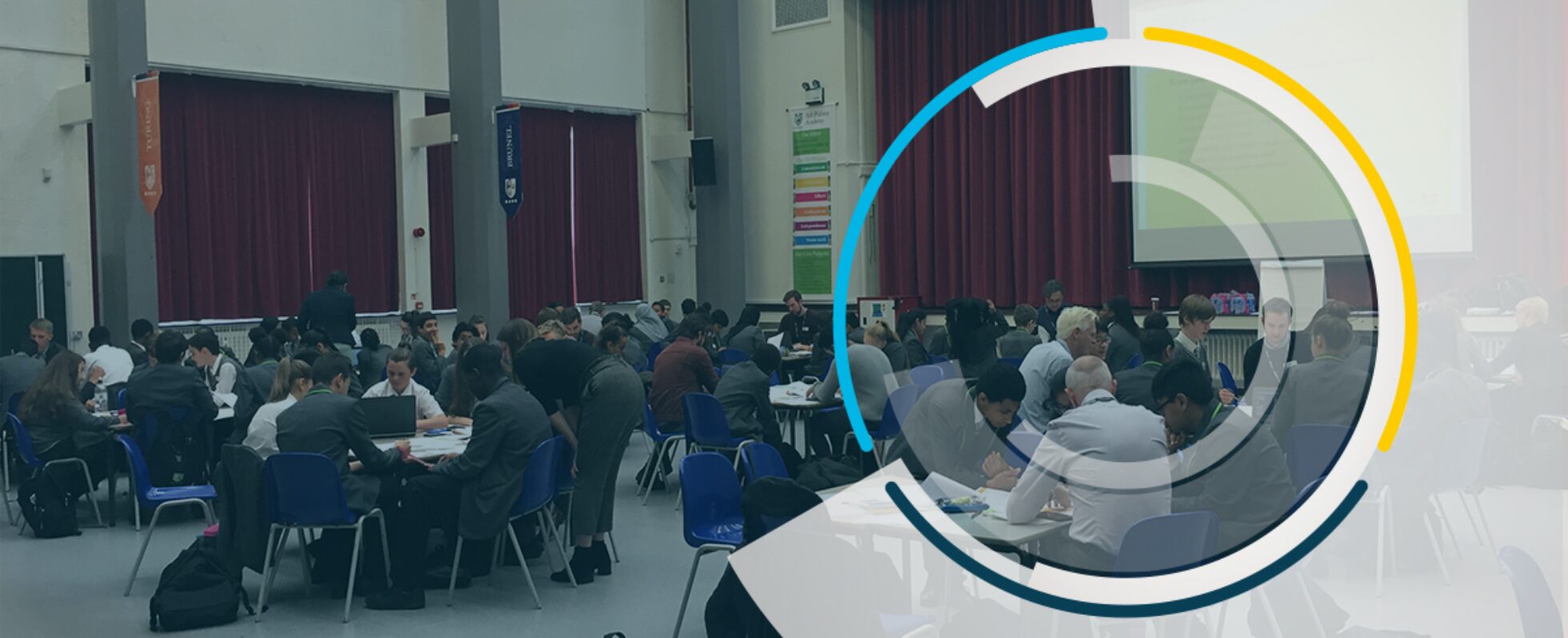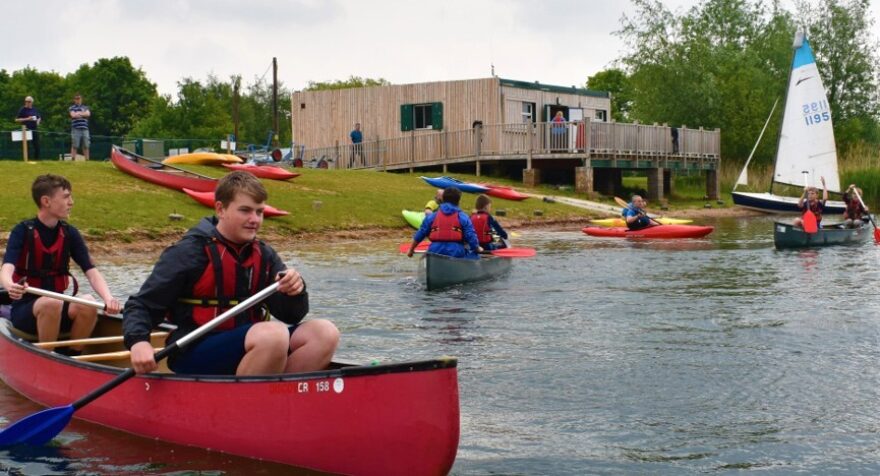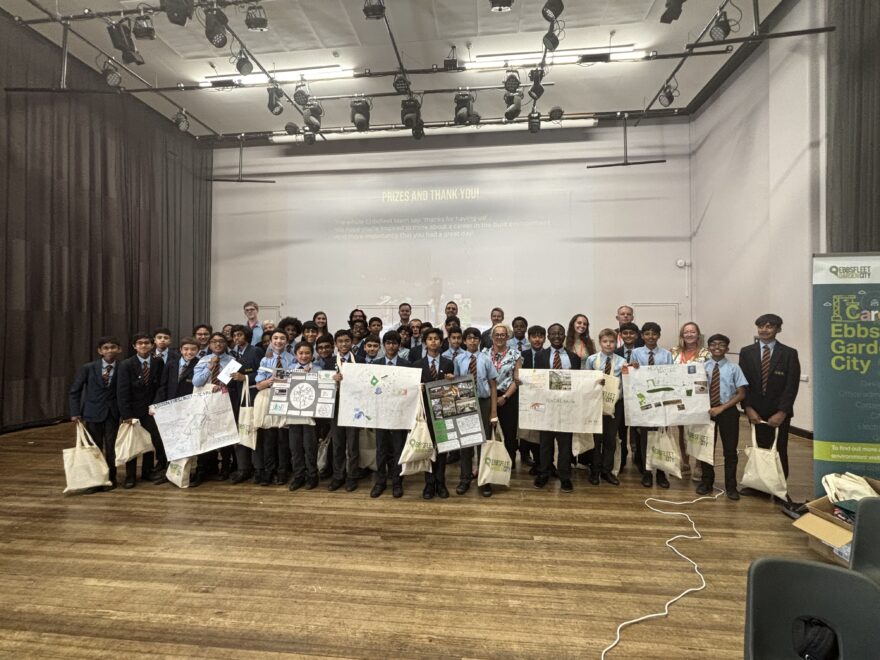Today’s world – how immersive technology including virtual reality headsets is being used in public consultation

By Andy Thomas, Basingstoke
Immersive technology is providing new ways of looking at major infrastructure projects. Stagecoach Group & Network Rail recently used the tech to get passengers on board with its £800 million Waterloo Station expansion plans.
The last thing rail commuters want are delays; so when construction works and capacity expansion were announced for Waterloo Station in London, the news might not have been welcomed by all passengers. However, by using immersive technology, including virtual reality (VR) headsets for public consultation, passengers were given a glimpse of the completed future station. And the response was impressive. As soon as they saw how the station will look after this programme of work, most were excited by the benefits of the upgraded and extended facilities.
To explain the upgrade project, including rebuilding the former Eurostar international terminal to bring back into use additional platforms and increase the station’s capacity by 30 per cent, we created a fly-though experience of the finished building. We digitally recreated the whole station using photo realistic textures, materials and lighting. The realism was also partly helped by the fact that our engineering teams were working on some parts of the refurbishment including a bridge, so we had access to their digital building information modelling (BIM) data. Running on Samsung and Oculus’ Gear VR, the lightweight headsets were used by Network Rail on the station concourse to enable passengers to ‘experience’ what the station will look like when complete in December 2018.
While we use an array of different technologies and VR headsets for different projects, the Samsung Gear VR is cable free which makes it particularly easy for public use. It has instant impact and doesn’t require expensive hardware to run the scene. This was a big plus for Network Rail on the Waterloo project making it quick and easy to use. For a more immersive VR experience, we use the HTC Vive. This headset provides a lot of interaction, making it possible to walk around a virtual space, pick up items and change things like the lighting or material finishes.
Increasingly, immersive technology is being used as a powerful communication tool by companies involved in a range of large infrastructure projects from high-speed rail to new highways and bridges. Because two-dimensional plans can be hard to interpret, it’s often a natural response for the public and local communities to be sceptical about the impacts of constructing big projects. However, with immersive technology we are able to show the near reality and when people see the whole picture and understand what is proposed, they often switch to support the proposals.
In recent years we have seen the growing use of visualisations and fly-throughs to help residents understand what the new road, power station, wind farm or housing development will look like. They are useful, but follow the pre-defined camera path. With VR, it is possible to explore wherever you want to go; looking at the development from different angles, at different times of day and with many more types of interaction. With a headset, the visualisation provides an instant sense of scale that 2D plan or 3D model on-screen can’t reproduce. VR is also an exciting new technology, which most people are keen to try out. At community events for example, people actively want to participate making it much easier and more enjoyable to communicate about the proposed scheme.
We asked Andrew Commons, PR & Communications Manager for Stagecoach Group for some feedback on how useful VR was to the consultation process:
What was the purpose of the consultation exercise?
“We wanted to raise awareness among passengers and stakeholders of the major works taking place at Waterloo during August 2017.”
What made you decide to use VR technology in this way, as opposed to traditional methods of consultation?
“We knew how important it was to engage with people to understand this work was going on but also understand the short term disruption would be ‘worth it’ in the longer term. VR was a great way of showing exactly what all the building work is for and what the changes to their journeys will allow.”
What have been the advantages of consulting in this way?
“It was ‘something different’ and plenty of passengers came over to ask what it was and could they have a go. Having carried out a lot of leafleting activity at Waterloo – the positive engagement was much higher than ‘traditional’ efforts.”
What was user feedback like?
“It was really positive. The usual reaction to being given leaflet is a shrug and carrying on walking. The typical reaction to trying on the VR was ‘Oh, wow!’”
Where do you see this technology going?
“I would expect it to become more affordable for more projects and therefore used more extensively. Due to the high profile nature of the works at Waterloo, we did have a reasonable budget to administer but I would hope as it becomes cheaper, it becomes a genuine option for more and more projects.”

